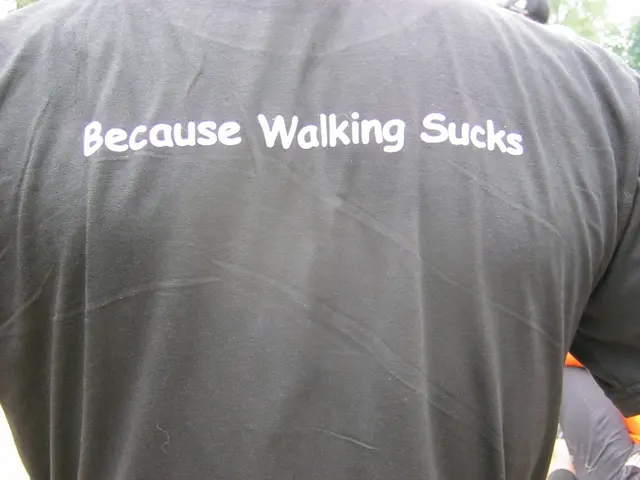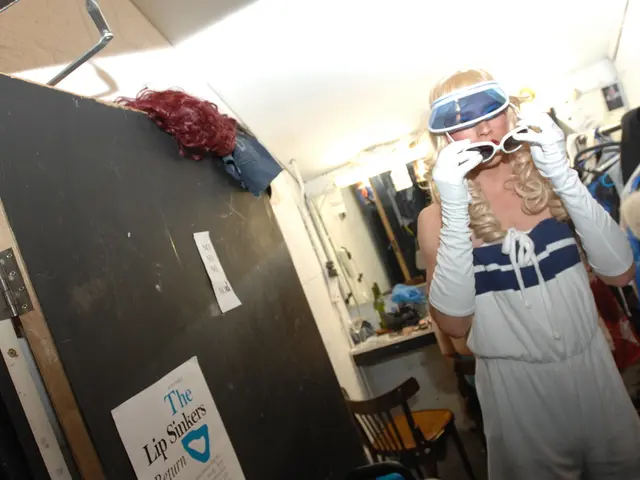Unraveling the Mechanisms of the Human Blockhead
In the realm of extraordinary feats, one act stands out for its unique combination of skill, precision, and anatomical knowledge - the human blockhead trick. This bizarre yet captivating stunt, popularized by performer Melvin Burkhart, involves guiding a nail into the nasal cavity via the nostril without causing injury.
The human nose, an exception to the skull's structure, is mostly cartilage and connective tissue covered with skin. Behind this nose lies the nasal cavity, an air-filled space that extends back into the nasopharynx at the back of the throat. This cavity, lined with mucous membrane and supported by bone and cartilage, is designed to allow airflow but not to accommodate objects. However, it is possible to insert a straight object carefully without causing injury, thanks to its relatively straight path and the absence of major obstacles or sensitive nerve endings on its floor.
The trick's success hinges on the nasal cavity's anatomy, which extends straight back from the nostril almost horizontally. This allows objects to be inserted relatively deeply without affecting the brain or sensitive tissue, provided it is done carefully and along the correct path.
The sneezing reflex, another fascinating aspect of human physiology, is not part of the human blockhead act. Sneezing involves the watering of eyes, secretion of fluid in the nasal passageways, a deep breath, contraction of diaphragm and chest muscles, and a sudden and rapid expulsion of air from the nose and mouth. Ignoring this reflex is necessary for performing the human blockhead act, which can take a lot of practice.
However, the human blockhead trick is not without its risks. Ignoring the sneeze reflex potentially leads to illnesses, particularly sinus and throat infections. Moreover, sneezing while attempting to put a nail into the nasal cavity could be dangerous, potentially pulling the foreign object further into the nasal passageway or causing sharp objects to scrape against the interior of the passage.
The foreign object used in the human blockhead act is a physical hazard, which has the potential to damage the tissues inside the nose and nasal cavity. The performer must move the lower edge of his nostril out of the way to reach the nasal cavity, adding an extra layer of complexity to the trick.
In conclusion, the human blockhead trick exploits the anatomical fact that the nasal cavity extends straight back from the nostril in a way that objects can be inserted relatively deeply without affecting the brain or sensitive tissue, provided it is done carefully and along the correct path. This understanding aligns with general descriptions of the trick as hammering a nail into the nasal cavity via the nostril without injury. However, it is important to note that this act should not be attempted at home or without the help of an experienced performer, as it puts the performer at risk in pursuit of entertainment.
References: - TikTok (2025). Human Blockhead Trick. [Video File]. Retrieved from https://www.tiktok.com/@user/video/xxxxxxxxxx
The human blockhead trick, a unique blend of skill and anatomical knowledge, demonstrates the relatively straight path of the nasal cavity, which extends back from the nostril and can accommodate objects, thanks to its absence of major obstacles or sensitive nerve endings on its floor. In health-and-wellness discussions, understanding this anatomy can provide valuable insights, while in science, it showcases an unusual application of human physiology and the nasal cavity's potential capabilities.








